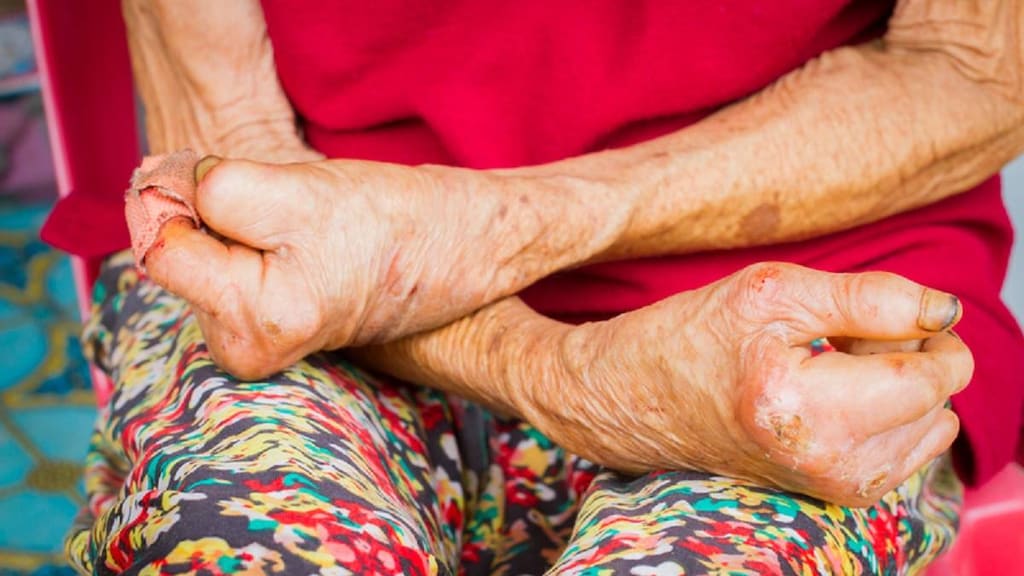
What is erythema nodosum leprosum (ENL)?
Erythema nodosum leprosum (ENL) is a complication of leprosy with symptoms that include widespread red painful skin nodules (lumps), as well as flu-like symptoms such as fever, joint pain, lymph node swelling, and a general feeling of unwellness.
It can cause severe disability and can be fatal.
What causes erythema nodosum leprosum (ENL)?
Erythema nodosum leprosum (ENL) is a severe reaction of the immune system that most commonly occurs in people with lepromatous leprosy (LL) or borderline lepromatous leprosy (BLL). It is a type 2 reaction that causes widespread tissue damage and antibodies involved are mainly of the IgM or IgG isotype. ENL can be fatal and usually requires urgent medical attention.
Leprosy is caused by the bacterium Mycobacterium leprae which mainly infects the skin and peripheral nerves. There are several different ways to classify leprosy but the Ridley-Jopling classification recognizes five different types:
- Tuberculoid leprosy
- Borderline tuberculoid leprosy
- Mid-borderline lepromatous leprosy
- Borderline lepromatous leprosy
- Lepromatous leprosy
ENL affects approximately 50% of people with LL and around 10% of people with BLL.
ENL can occur before or after treatment for leprosy and is more prevalent in Southeast Asia and Brazil than Africa, most likely due to genetic variations.
What are the symptoms of erythema nodosum leprosum (ENL)?
Symptoms of erythema nodosum leprosum (ENL) can vary from person to person but may include:
- Widespread crops of tender or painful red nodules or plaques interspersed with areas of erythema (redness)
- Eye inflammation
- Fever
- Inflammation of one or both testicles
- Joint and muscle pain
- Kidney inflammation
- Malaise (general unwellness or exhaustion)
- Nerve pain
- Swollen lymph nodes
- Weakness
ENL can cause severe pain and disability and recur over a period of 12 to 24 months or longer than 7 years in some cases.
How is erythema nodosum leprosum (ENL) diagnosed?
The diagnosis of erythema nodosum leprosum (ENL) is mostly based on symptoms, particularly in people with a history of leprosy. Blood tests usually reveal an increase in markers for inflammation, such as C-reactive protein, TNF-α, serum amyloid protein, and alpha-1 antitrypsin.
In people without leprosy, a biopsy may be taken and examined under a microscope and other tests may be conducted to check for the cause of the ENL.
How is erythema nodosum leprosum (ENL) treatment?
Management of erythema nodosum leprosum (ENL) can bring substantial benefit to some people with the condition.
Treatments may include:
- Nonsteroidal anti-inflammatory drugs (NSAIDs)
- Corticosteroids
- Clofozamine
- Thalidomide




